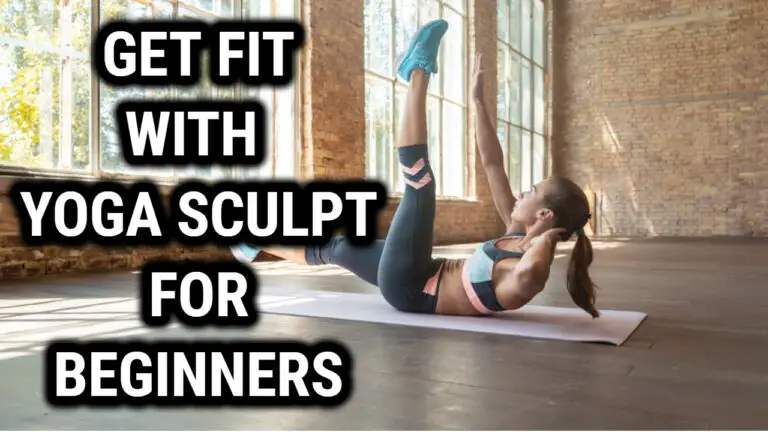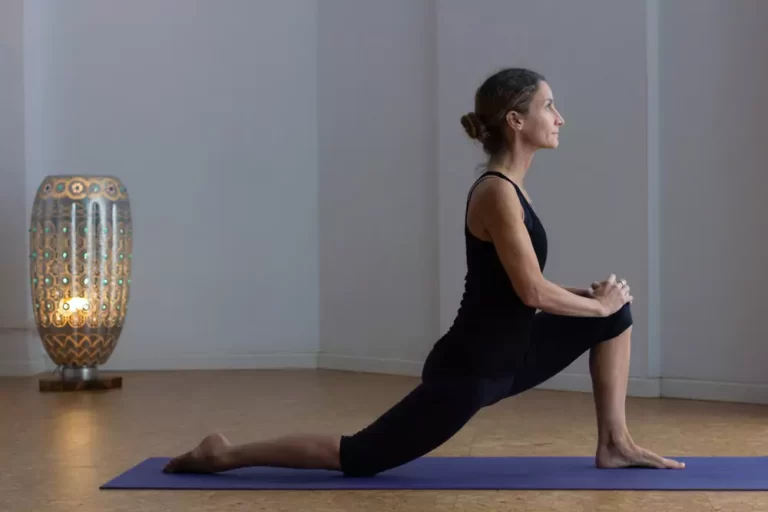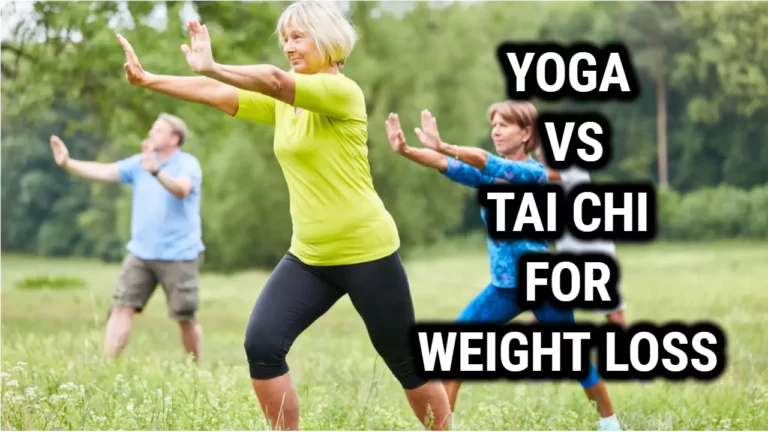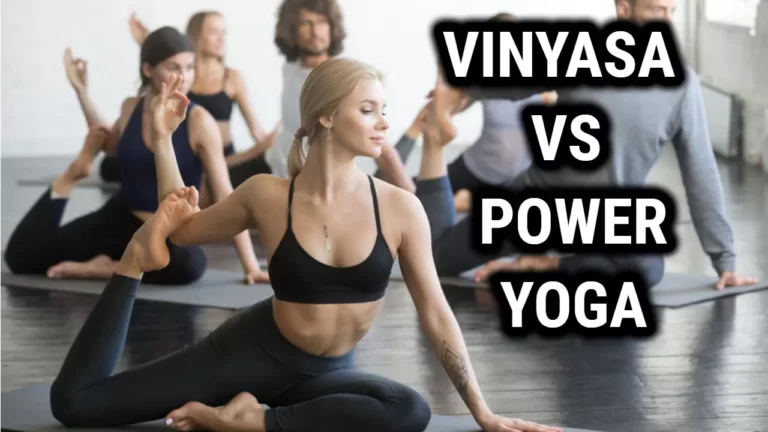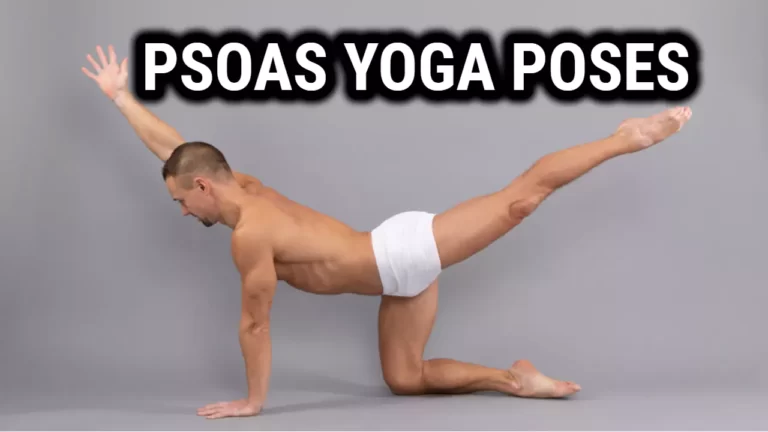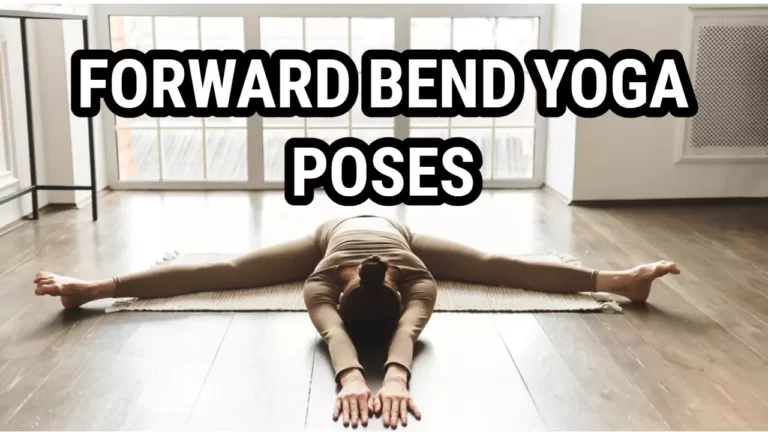Should You Do Yoga On A Hardwood Floor

Yoga is a popular form of exercise that helps to relax the mind and body. It’s important to consider what type of surface you’re practicing on, and one of the most common questions asked by new yogis is whether it’s safe to do yoga on a hardwood floor.
In this article, we’ll explore the pros and cons of doing yoga on a hardwood floor and provide some tips for making your practice as safe as possible.
Hardwood floors can provide an ideal surface for some yoga poses, but there are also certain risks associated with them. We’ll discuss how hardwood floors can affect your practice, the types of mats you should use for extra cushioning, and other precautions to take when practicing on a hardwood floor.
No matter what type of surface you choose for your practice, safety should always be top priority.
Advantages Of Doing Yoga On A Hardwood Floor
Physically, doing yoga on a hardwood floor can improve your balance and posture, as it provides extra stability.
Mentally, it can help to reduce stress as the firm surface helps to keep your mind focused.
Plus, it’s great for your joints as the hardwood absorbs shock and minimizes the risk of injury.
Ultimately, it’s a great way to get your yoga practice off the ground!
Physical Benefits
Doing yoga on a hardwood floor has many physical benefits.
The stability of the floor supports the body’s alignment, allowing one to move with greater flexibility and ease.
This, in turn, allows for better posture and breathing as poses are held longer and deeper.
Additionally, the hardwood floor provides excellent balance support while doing standing postures or vinyasa flows.
By using the flat surface of the floor to properly align oneself, one can focus more on deepening their practice rather than worrying about maintaining balance or controlling instability in the body.
There is also an increased sense of connection to the earth that comes from directly grounding oneself with a hardwood surface.
Mental Benefits
The physical benefits of doing yoga on a hardwood floor are clear, but the mental benefits are just as important.
Practicing yoga on a hardwood floor can lead to greater feelings of gratitude and appreciation for our bodies, as well as an increased ability to focus and relax.
Practitioners can use techniques such as mindful breathing and meditation to cultivate feelings of gratitude for the body’s abilities, or even practice relaxation techniques to reduce stress.
By connecting with the earth through grounding, one can tap into a deeper sense of being that leads to improved focus and a greater sense of wellbeing.
All these mental benefits can be enjoyed from practicing yoga on a hardwood floor.
Disadvantages Of Doing Yoga On A Hardwood Floor
Slipping is a big disadvantage of doing yoga on a hardwood floor; it can be really hard to keep your balance and you could end up hurting yourself.
Joint pain is another issue, as the hardwood is not a forgiving surface and can put a lot of strain on your joints.
If you do decide to do yoga on a hardwood floor, be sure to use a non-slip mat and to take regular breaks to give your joints a rest.
All in all, it’s probably best to stick to a softer surface if you can.
Slipping
Doing yoga on a hardwood floor can have some drawbacks. Stability issues can occur if the surface is too slippery, making it difficult for practitioners to achieve balance and control their movements. This lack of stability can lead to joint protection problems and gripping difficulties as the yoga practitioner attempts to control their energy loss when attempting various poses.
Uncontrolled movements can be difficult to execute correctly on a slippery surface, making it difficult to maintain proper form and focus on breathing. While mats or towels can provide better traction, it may still not be enough for those with weaker joints or who are inexperienced in yoga.
Ultimately, hardwood floors might not be the best choice for doing yoga due to its slips and lack of support provided by a more cushion-like surface.
Joint Pain
Joint pain can be a common issue when practicing yoga on hardwood floors. This is because of the lack of stability and cushioning, which can cause joints to become misaligned or locked in awkward positions.
Furthermore, breathing techniques and warm up stretches can be difficult to execute without proper alignment, as well as poses modifications that require core strength.
To help prevent joint pain, it’s important for practitioners to modify their practice with extra mats or towels for traction and cushioning. However, even with these modifications, some people may still find it difficult to practice on hardwood surfaces due to the lack of support and stability that comes from a more cushion-like surface.
Ultimately, making sure your body is properly aligned and supported while doing yoga on a hardwood floor is key to maintaining form and avoiding unnecessary joint pain.
Best Yoga Mats For Hardwood Floors
It may seem ironic that doing yoga on a hardwood floor could be anything but dangerous and uncomfortable, but with the right mat and cushioning, it can actually be quite pleasant.
It’s important to choose a good yoga mat for hardwood floors, as well as an appropriate cushion type. Here are three tips for making sure your yoga practice is safe and comfortable on a hardwood floor:
- Choose mats with optimal grip to avoid slips.
- Consider cushion types that provide strain prevention and noise reduction.
- Ensure that the padding of your mat is thick enough to protect joints from the hardwood floor.
By following these tips, you can easily create a safe and comfortable space for your yoga practice on a hardwood floor. With the right tools you can make sure that you get the most out of your practice without worrying about potential risks or discomfort!
Best Cushions For Hardwood Floors
When it comes to yoga on a hardwood floor, the key factor to consider is cushioning. The durability of the cushions used can make all the difference in providing support and comfort for your practice.
Additionally, taking into account the environmental impact of materials used is important. Foam, jute, and felt are some popular cushion materials that offer great durability and often have a low environmental impact.
The cost comparison between different cushion types can vary greatly depending on the material used and the installation process. For example, foam may be more expensive than jute but require less time to install. On the other hand, felt may be more affordable but take longer to install correctly due to its intricate patterns.
When making a decision on which type of cushion to use for your hardwood floor yoga practice, it’s important to consider all these factors before investing in one option over another.
Tips For Doing Yoga On A Hardwood Floor
When doing yoga on a hardwood floor, it’s important to choose the right yoga mat. This will help protect your joints and bones, while also creating a non-slip surface.
You want to make sure the mat is thick enough to cushion your body and absorb any moisture. Also, look for a mat that has good grip, so you don’t slip while doing poses.
Additionally, you can use a yoga towel or rug to create extra cushioning and grip.
Lastly, make sure you do some warm-up stretches before getting started, to help protect your joints and muscles.
Choosing The Right Yoga Mat
When it comes to doing yoga on a hardwood floor, choosing the right yoga mat is essential.
There are many options available when finding yoga mats, so you can choose one that fits your needs and style of practice.
You should consider what type of yoga you will be doing, as different styles require different types of gear to ensure safety and posture improvement.
If you plan to do hot yoga for instance, you will need a mat with grip that won’t slip if it gets wet with sweat.
Alternatively if your practice involves more standing postures, then a thicker mat might be more suitable.
Whatever style of yoga you choose, making sure the floor is safe should be your priority – non-slip mats or rugs can help to reduce the chance of slipping or sliding during your practice.
Protecting Joints And Bones
It’s important to not only think about preventing slips when doing yoga on a hardwood floor, but also protecting your joints and bones. Proper joint lubrication is key in preventing injury; you can do this by warming up with some gentle stretching before starting your practice.
Working on muscle strengthening and flexibility improvement can also help protect your joints, as well as improve posture and reduce fatigue. Additionally, adding different props to your practice like blocks or straps can help support the body and prevent injuries.
Incorporating these strategies can help ensure that you enjoy your practice while avoiding any potential risks.
Creating A Non-Slip Surface
Once you’ve taken steps to protect your joints and bones, it’s important to consider how to create a non-slip surface while doing yoga on a hardwood floor.
There are various techniques you can use, including cushion selection, floor preparation and cleaning methods.
If you choose the right type of mat for your practice, this can also help ensure traction is maintained throughout your session. For example, mats with anti-slip surfaces or textured designs are great options that will help keep you from slipping.
Additionally, rugs or carpet pieces can be placed over the hardwood floor to provide additional grip and cushioning.
Finally, make sure to clean the area regularly so the surface is free of dust and debris before each practice session.
Alternatives To Doing Yoga On A Hardwood Floor
Doing yoga on a hardwood floor can be challenging due to the lack of cushioning and possible discomfort. Fortunately, there are some alternatives that can make it more comfortable.
Area rugs, carpets, and foam mats are all good options for providing an extra layer of cushioning while practicing yoga on a hardwood floor. Additionally, using accessories such as yoga blocks and straps can also help with stability and alignment.
It is important to consider what type of support you need before selecting the best option for your practice – whether it be an area rug or a foam mat. Practicing yoga on a hardwood floor doesn’t have to be uncomfortable; with the right materials and accessories you can achieve optimal comfort and stability.
Safety Considerations When Doing Yoga On A Hardwood Floor
Practicing yoga on a hardwood floor may be a unique and enjoyable experience, but it also carries some risks.
When doing yoga on a hardwood floor, it is important to consider safety precautions to ensure safe and pleasant practice.
Padded clothing is essential to protect the body from abrasions and slipping when transitioning between poses.
Additionally, depending on the type of surface, different types of mats may be more suitable for certain poses.
To prevent slips and falls, it is important to consider the temperature of the floor as well as any lubrication that has been applied.
Floor lubrication can create an extra slippery surface and should be taken into consideration when choosing matting options.
With these factors in mind, yogis can enjoy their practice while being mindful of their safety on a hardwood floor.
Frequently Asked Questions
Is It Safe To Do Yoga On A Hardwood Floor?
When considering doing yoga on a hardwood floor, cushioning material and floor protection should be taken into account.
To ensure the safety of your joints, it may be beneficial to use mats that are designed to provide extra cushioning and absorb shock.
Additionally, grip considerations should be addressed by selecting shoes with a good level of traction.
While hardwood floors can be suitable for yoga, alternative surfaces such as carpeted floors or rubber mats may offer additional floor protection.
Selecting the right shoe for yoga is also important in order to ensure adequate grip and stability.
Should I Use A Yoga Mat On A Hardwood Floor?
When engaging in yoga on a hardwood floor, using a mat is recommended to help protect both the floor and yourself.
The mat will provide a level of cushioning and stability that can help you maintain balance and avoid potential injuries.
Without the protection of a mat, there is also an increased risk of deterioration to the hardwood surface due to exposure to sweat and friction from certain poses.
Therefore, following basic safety tips such as using a yoga mat on a hardwood floor can help you maximize your practice while minimizing any risks.
What Type Of Cushioning Should I Use On A Hardwood Floor?
Preparing a hardwood floor for yoga can be like a balancing act.
To boost comfort and add support, you’ll want to incorporate rugs, cleaning the floor to make sure it’s free of dirt and debris, then layering cushions on top to provide cushioning.
Though it may seem like an insurmountable challenge at first, with a little bit of effort, you can create a safe and comfortable space to do your yoga practice in no time!
Are There Any Alternatives To Doing Yoga On A Hardwood Floor?
If doing yoga on a hardwood floor is not an option, there are alternatives that can help create a comfortable and safe practice.
Consider using an alternative surface like carpet, rubber matting, or even foam tiles to provide better cushioning.
Make sure you wear proper footwear when practicing and pay attention to the room temperature as cool floors can be slippery.
Additionally, consider treating the floor with a special coating to protect it from wear and tear.
Finally, don’t forget to use yoga props such as blocks and bolsters to support your body in certain poses.
By following these steps, you can have a safe and comfortable yoga practice no matter what surface you are working with.
Conclusion
Yes, you can do yoga on a hardwood floor, but it’s important to keep safety in mind.
A good yoga mat is essential, as it’ll provide cushioning and grip. Additionally, a rolled-up blanket or towel can be used for extra padding.
If you’re looking for alternatives, consider doing yoga on soft grass or carpeted surfaces. Remember: Safety should always come first when doing yoga!
As the saying goes, ‘prevention is better than cure’, so take the necessary steps to ensure that you have a safe and comfortable practice.
With the right preparation and an eye towards safety, your yoga practice on a hardwood floor will be smooth sailing – like a hot knife through butter!
